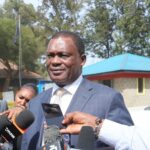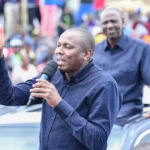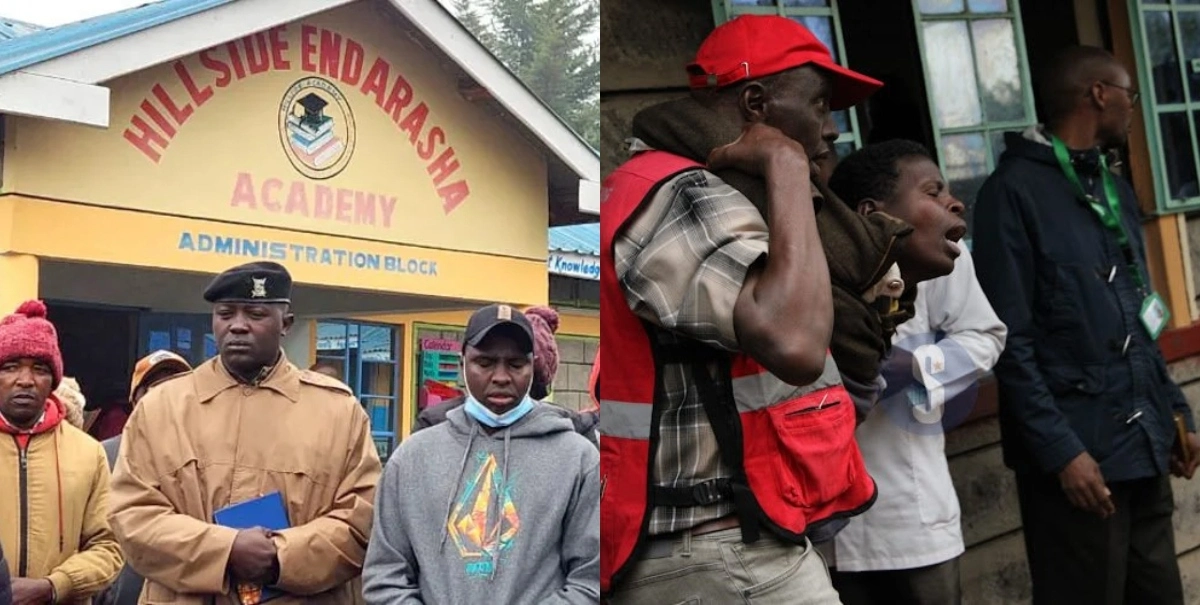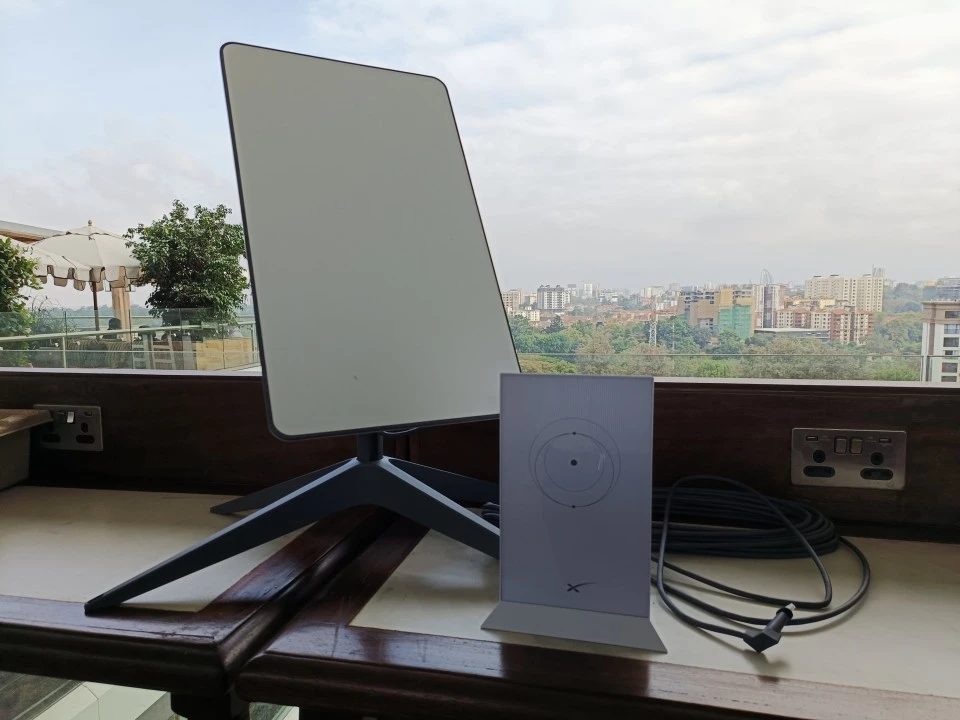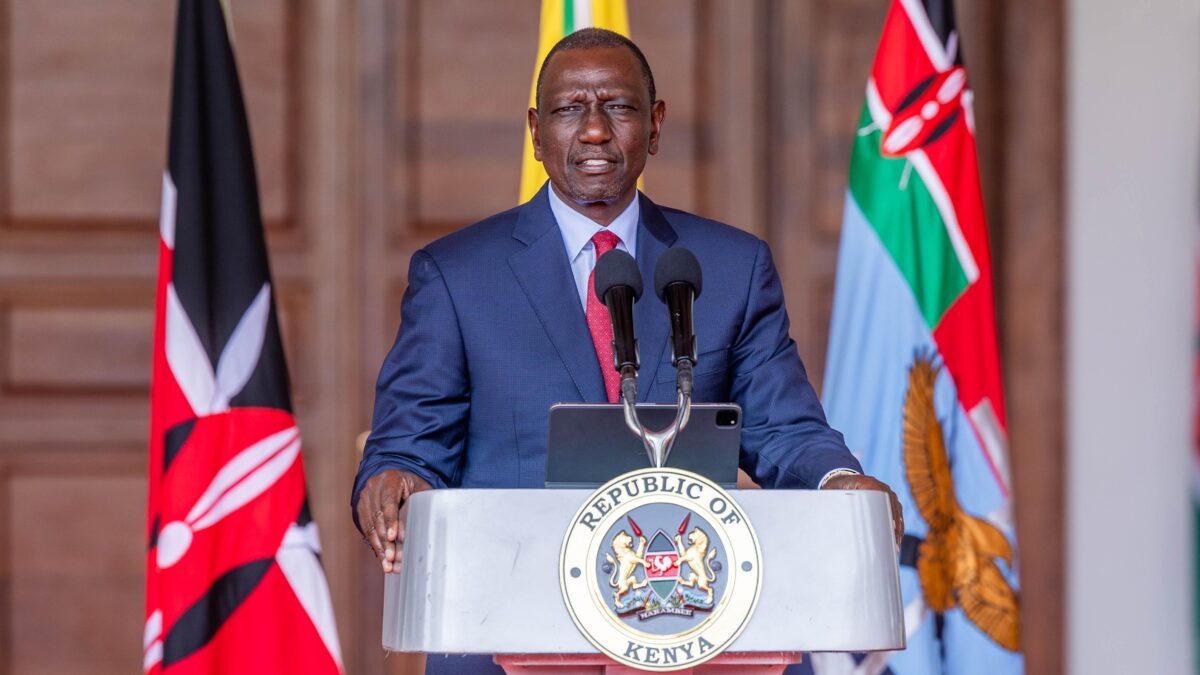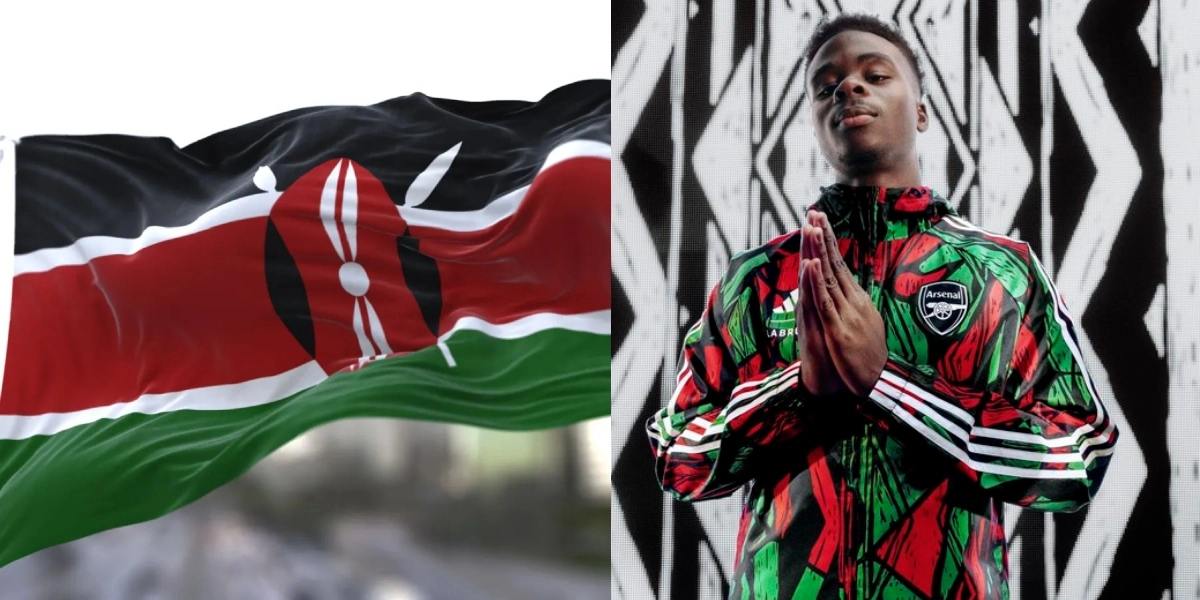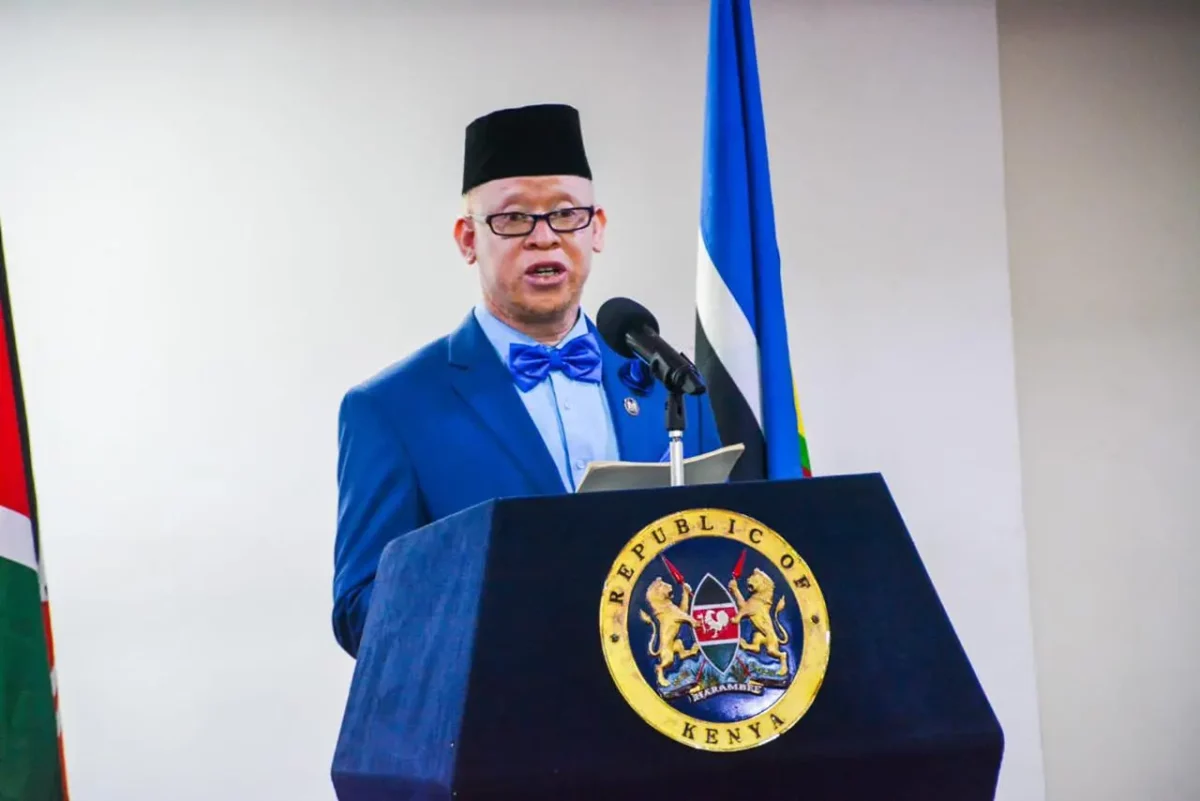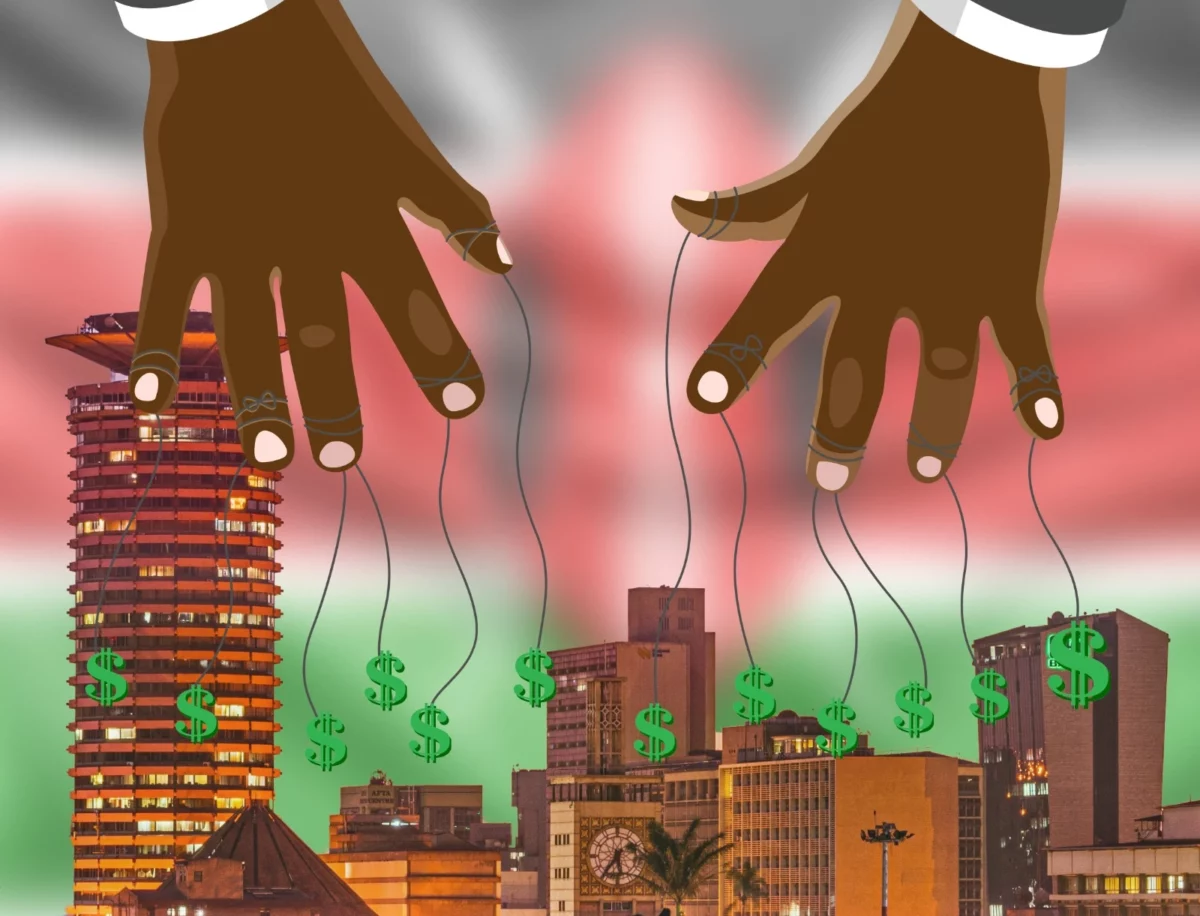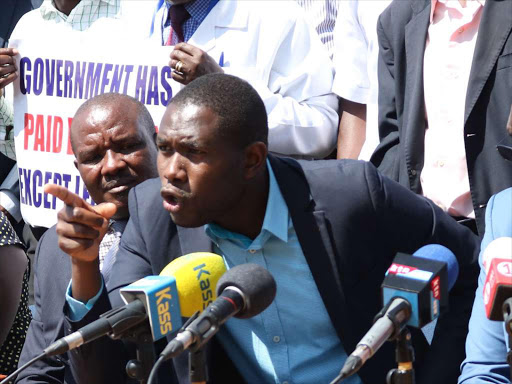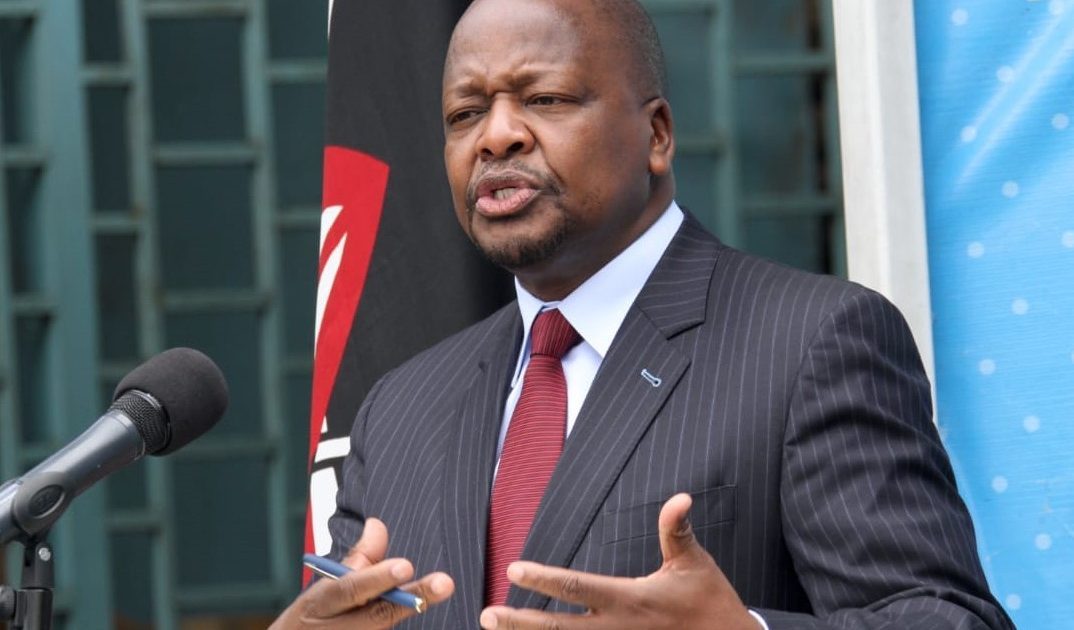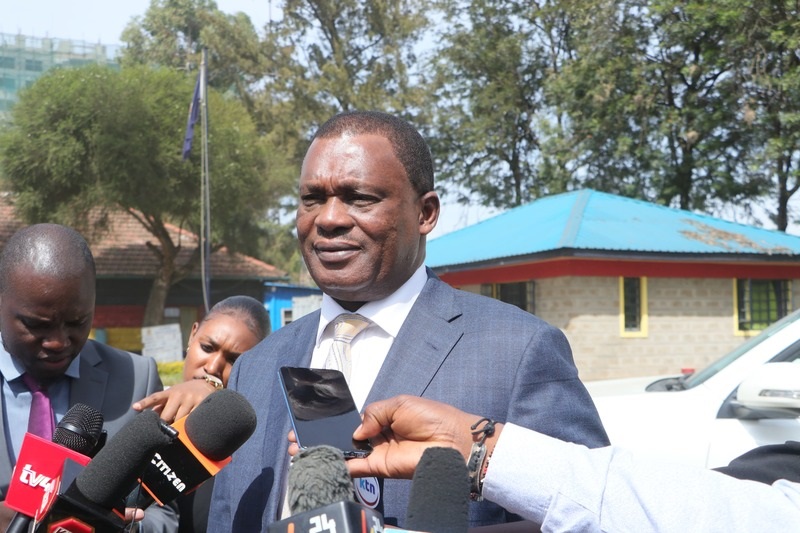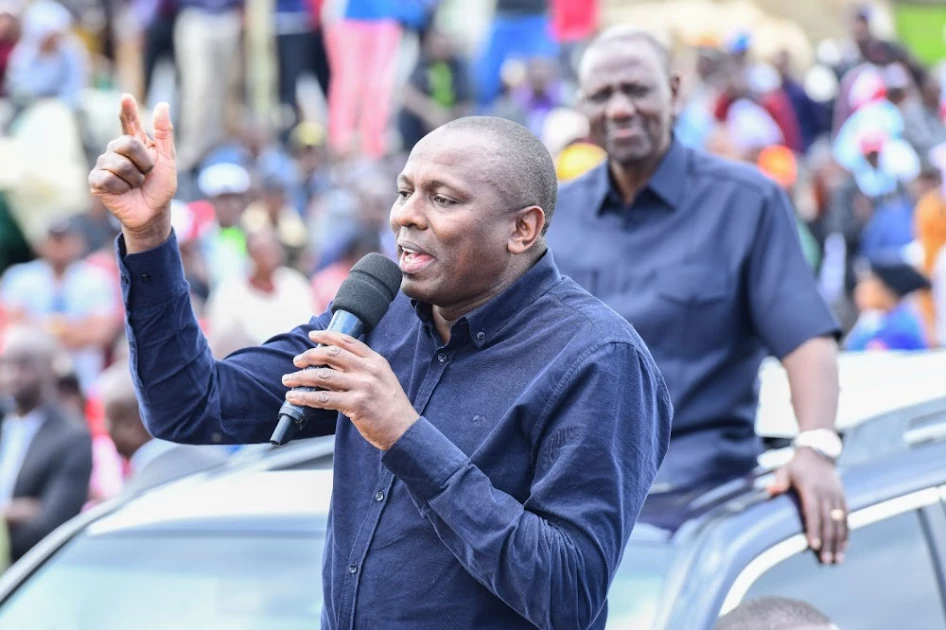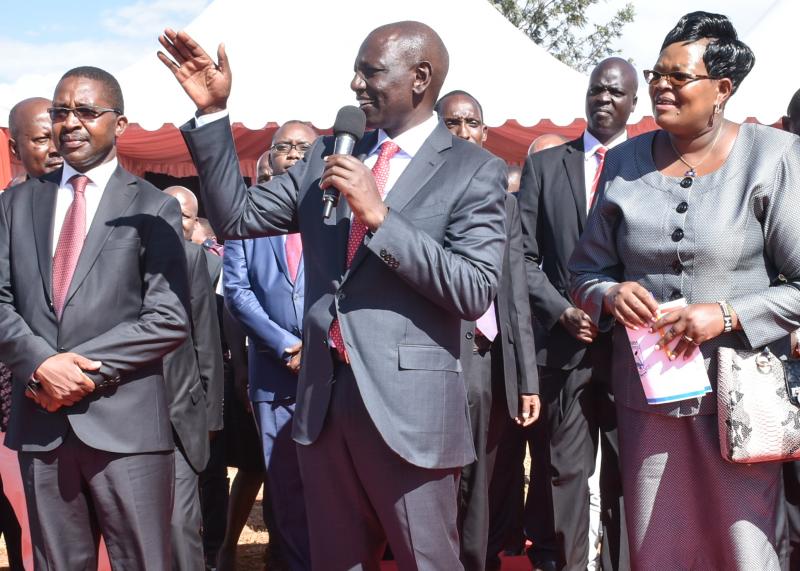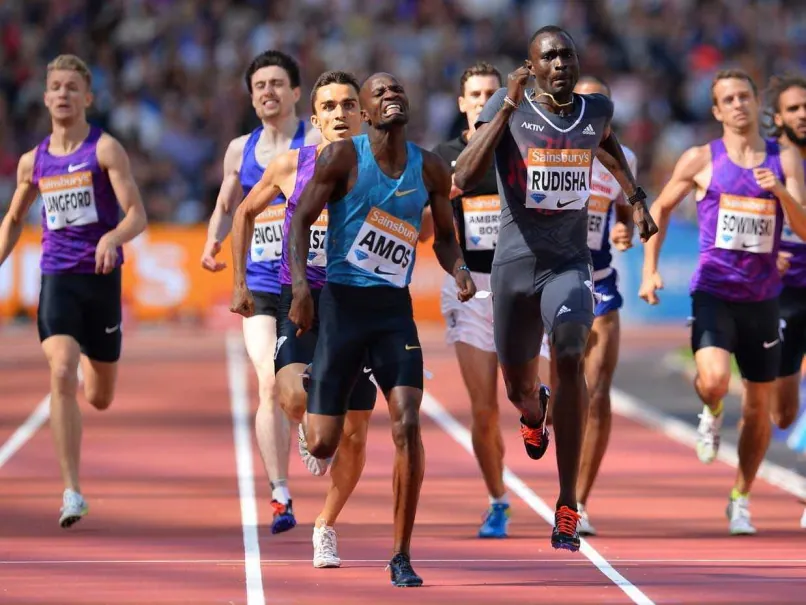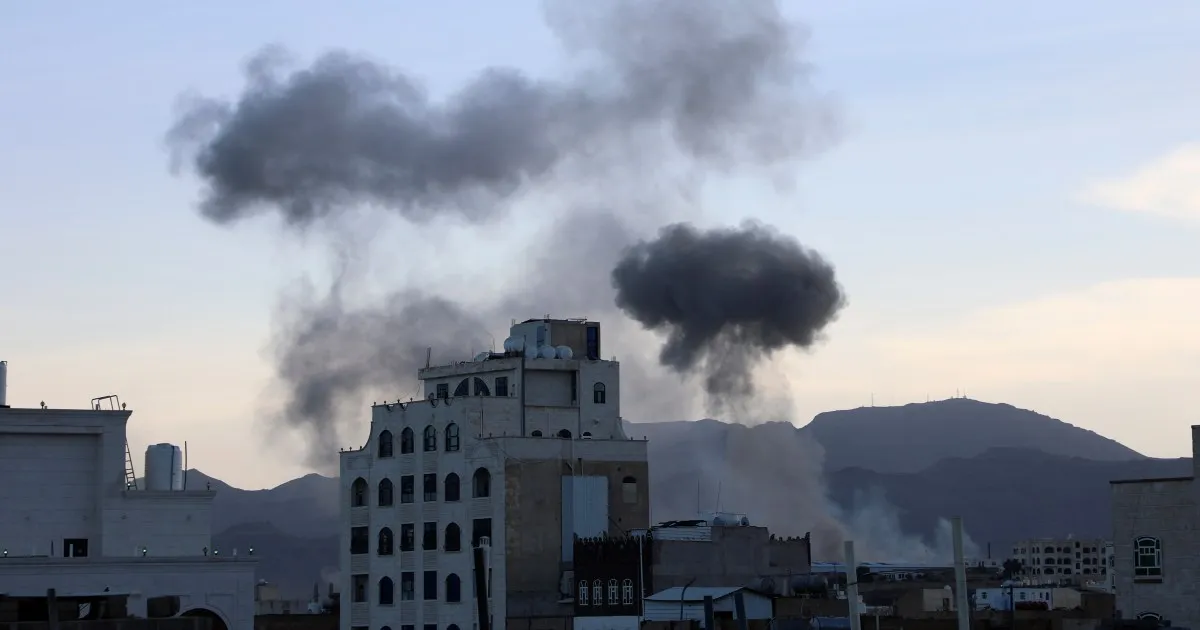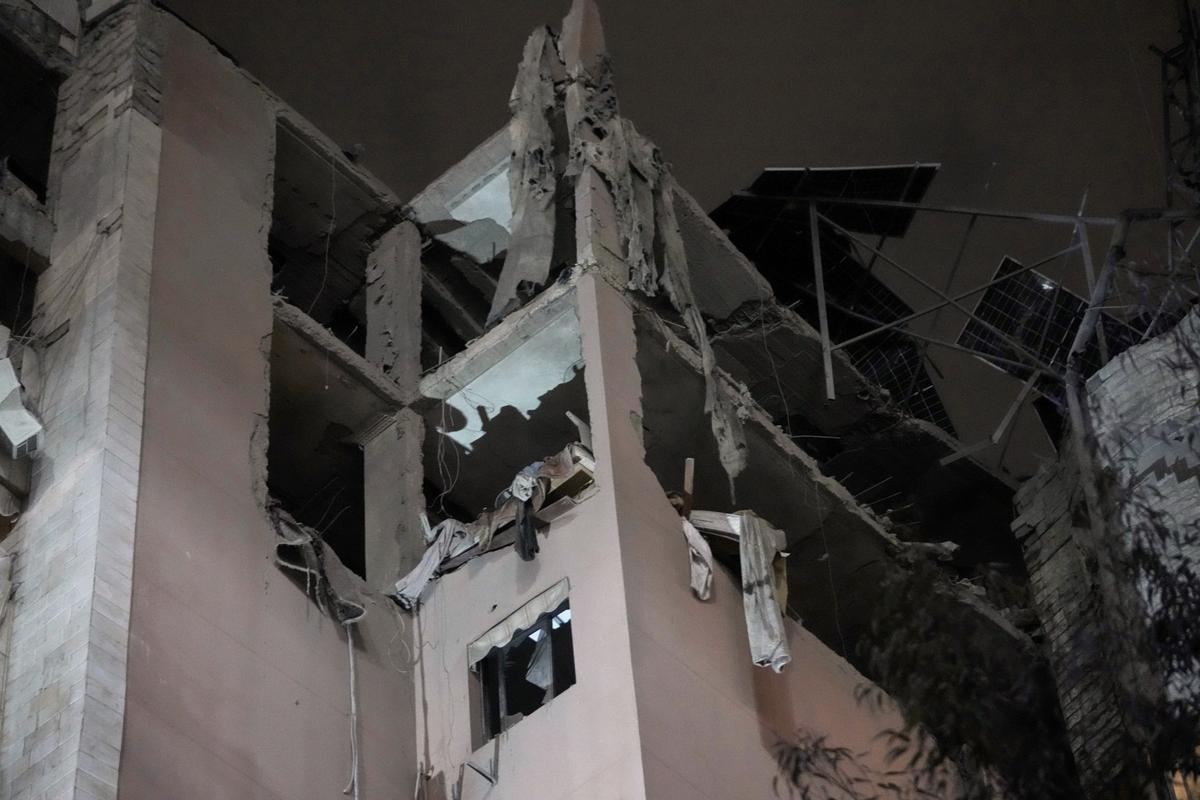As Kenya continues to face another round of opposition-led Maandamano protests from Wednesdays to Fridays citizens reflect on the long and impactful history of these demonstrations that have shaped the nation’s trajectory from its struggle for independence to its pursuit of social justice and democratic rights.
The term “Maandamano” in Swahili translates to public demonstrations or protests. Throughout Kenya’s history, these protests have played a crucial role in driving social and political change.
From pre-colonial resistance movements to post-independence struggles, Maandamano have been a powerful tool for citizens to voice grievances, demand accountability, and fight for a better future.
![Protesters running away from Tear gas at Kencom Nairobi, Kenya on 20/03/23 during Kenyan Maandamano [Photo/Courtesy]](https://news.switchtv.ke/wp-content/uploads/2023/07/Copy-of-Cover-photo-20-1200x675.webp)
The Maandamano for Independence
During the colonial era, Kenyan nationalists organized Maandamano to demand an end to British colonial rule.
In the early 20th century, influential leaders like Jomo Kenyatta and Dedan Kimathi mobilized large crowds through Maandamano to resist oppressive colonial policies.
Notably, the “Sitting Strike” of 1947 saw thousands of workers participating in a non-violent protest against unfair labor practices.
These demonstrations drew international attention and hastened Kenya’s path to independence in 1963.
![Protesters run away from water released by a police’s water cannon vehicle during a mass rally called by the opposition leader Raila Odinga in Kibera, Nairobi on March 20, 2023.[Photo/Courtesy]](https://news.switchtv.ke/wp-content/uploads/2023/07/Capture.webp)
The Struggle for Multi-Party Democracy
After gaining independence, Kenya faced new challenges, including political unrest, ethnic tensions, and economic disparities.
In the late 1980s and early 1990s, Maandamano surged in demand for constitutional reforms and a return to multi-party democracy.
The “Saba Saba” rallies of 1991 saw thousands of Kenyans taking to the streets to demand change. The pressure from these protests led to the reintroduction of multi-party politics and the first multi-party elections in 1992.
Read also: Tear Gas: The Bittersweet Tool for Crowd Control in Kenyan Protests
The 2007-2008 Post-Election Violence
Despite the introduction of multi-party democracy, Kenya faced challenges with electoral malpractice and ethnic polarization.
The 2007 presidential elections were marred by allegations of vote rigging, resulting in widespread protests and violence. Maandamano erupted across the country, leading to a devastating post-election crisis that claimed thousands of lives and displaced hundreds of thousands of people.
This dark chapter underscored the need for political and electoral reforms to ensure peaceful transitions of power.
![Kenyans during the 2007-2008 Post-Election Violence [Photo/Courtesy]](https://news.switchtv.ke/wp-content/uploads/2023/07/2008010513.jpg.webp)
Modern Maandamano and the Power of Social Media
In the 21st century, the emergence of social media has revolutionized the organization and amplification of Maandamano.
Online activism allows citizens to connect, mobilize, and coordinate protests more efficiently. Notable examples include the “Unga Revolution” of 2017 when Kenyans protested against the high cost of maize flour.
The government eventually responded by subsidizing the price of unga, highlighting the impact of modern Maandamano in shaping policy decisions.
Challenges and Controversies
While Maandamano remain a vital tool for democratic expression, they also present challenges and controversies. Some protests have turned violent, leading to clashes with law enforcement and property damage.
The government’s response has at times been criticized for heavy-handed tactics and human rights abuses. Striking a balance between the right to peaceful protest and maintaining public order remains a challenge for Kenya’s leaders.
Read also: Children Hospitalized as Tear Gas Thrown in a Classroom During Azimio Protests
As Kenya continues to engage in Maandamano protests, citizens reflect on the history and impact of these demonstrations.
From fighting for independence to demanding multi-party democracy and advocating for social justice, Maandamano have been instrumental in shaping Kenya’s trajectory. While challenges persist, the enduring spirit of Maandamano continues to be a driving force for positive change in the nation.
Subscribe to Switch TV

![A group of people gather in front of the parliament building to protest against cost of living, high tax rates and poor living conditions, on February 21, 2023 in Nairobi, Kenya. [Photo/Courtesy]](https://news.switchtv.ke/wp-content/uploads/2023/07/thumbs_b_c_fde7476cab4b05eb9d05122790ec43e4.webp)


